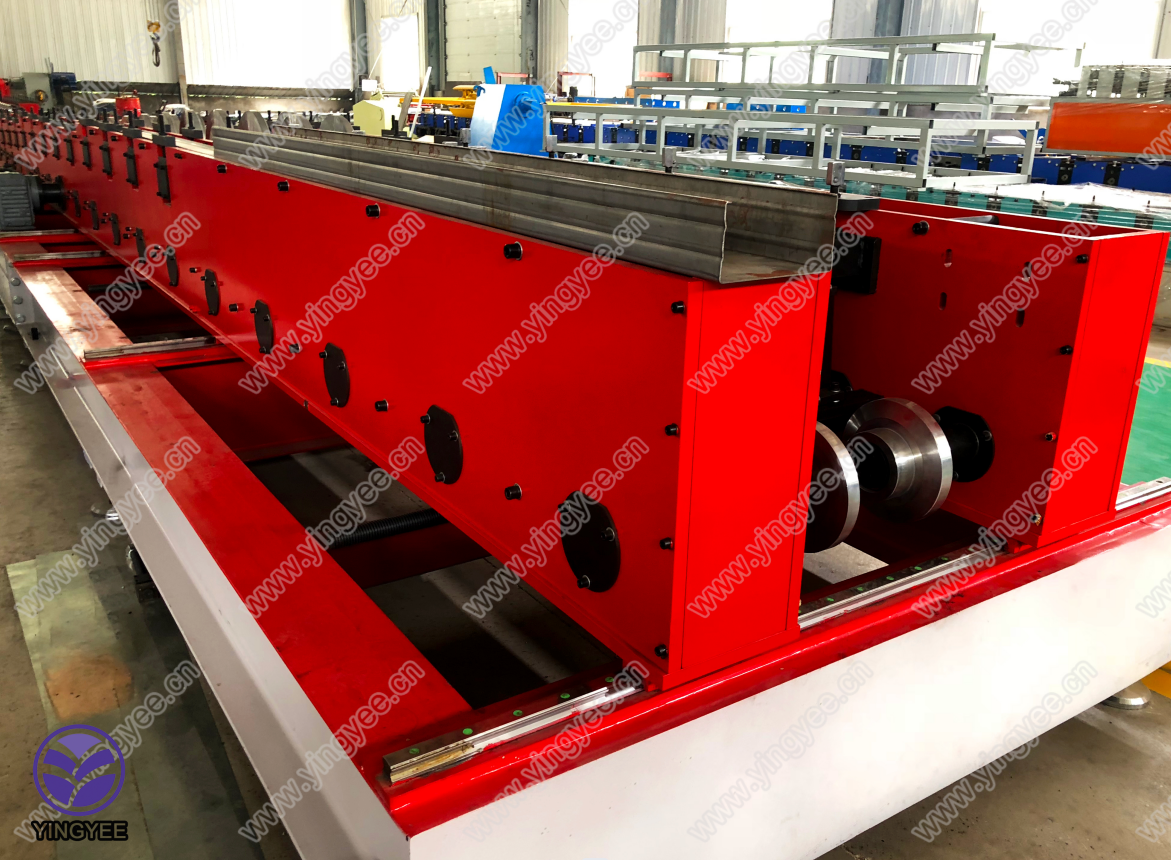Roof Tile Production Line An Essential Component of the Construction Industry
The roof tile production line is a cornerstone of the construction industry, playing a crucial role in the creation of durable and aesthetically pleasing roofing materials. As buildings continue to rise, both in urban and rural settings, the demand for high-quality roofing solutions has become increasingly vital. This article explores the components, processes, and benefits of a roof tile production line, underscoring its significance in modern construction.
1. Understanding Roof Tiles
Roof tiles are essential materials used to cover the roofs of buildings, providing protection from environmental elements such as rain, snow, and sunlight. Traditionally, roof tiles have been made from clay or concrete, each offering distinct advantages in terms of durability, insulation, and design versatility. The production of roof tiles has evolved significantly over the years, incorporating advanced technologies to improve efficiency and product quality.
2. Components of a Roof Tile Production Line
A typical roof tile production line consists of several key components, each designed to facilitate a specific step in the manufacturing process
- Raw Material Preparation The production line begins with the selection and preparation of raw materials. For clay tiles, this involves sourcing high-quality clay, which is then mixed with water to achieve the desired consistency. In the case of concrete tiles, cement, aggregates, and pigment are combined in precise ratios.
- Forming Once the raw materials are prepared, they are shaped into tiles. This can be achieved through various methods, including extruding, pressing, or molding. The forming process is critical, as it determines the final shape and dimensions of the tiles.
- Drying After forming, the tiles must be dried to remove excess moisture. This step is crucial, especially for clay tiles, as it prevents cracking during the firing process. Tiles are typically dried in large ovens or drying chambers where temperature and humidity are carefully controlled.
- Firing In the case of clay tiles, the dried products are then fired in a kiln at high temperatures. This process enhances the strength and durability of the tiles, making them resistant to weathering and impact. Concrete tiles, on the other hand, may undergo curing instead of firing to achieve their final properties.
- Surface Treatment Depending on the desired finish, roof tiles can undergo various surface treatments, such as glazing, painting, or coating. These treatments not only enhance the appearance of the tiles but also provide additional protection against UV radiation and moisture.
roof tile production line
- Quality Control Quality control is an integral part of the production line. Each batch of tiles is thoroughly inspected for defects, ensuring that only high-quality products reach the market. This step is crucial for maintaining the reputation of manufacturers and meeting customer expectations.
- Packaging and Distribution Once quality assurance is complete, the tiles are packaged and prepared for distribution. Effective packaging ensures that the tiles remain intact during transportation, further safeguarding the manufacturer’s investment.
3. Benefits of an Efficient Roof Tile Production Line
The efficiency of a roof tile production line brings several benefits to manufacturers and end-users alike
- Cost Efficiency Automation and streamlined processes reduce labor and material costs, enabling manufacturers to produce high-quality tiles at competitive prices.
- Sustainability Modern production lines often incorporate sustainable practices, such as recycling water used in the manufacturing process and utilizing eco-friendly raw materials. This focus on sustainability aligns with global efforts to reduce environmental impacts.
- Customization Advanced technologies in roof tile production allow for customization in terms of colors, shapes, and sizes, catering to diverse architectural needs and personal preferences.
- Improved Durability The combination of high-quality materials and precise manufacturing processes results in roof tiles that are stronger and more durable, offering better protection for buildings over time.
Conclusion
A roof tile production line is an indispensable element of the construction industry, transforming raw materials into essential components that contribute to the safety and aesthetics of buildings. With advancements in technology and a focus on sustainability, the future of roof tile production is poised for growth, meeting the ever-increasing demands of the construction sector. As urbanization continues to expand, investing in efficient production lines will play a critical role in shaping the skylines of tomorrow, ensuring that roofs remain both functional and visually appealing for years to come.







